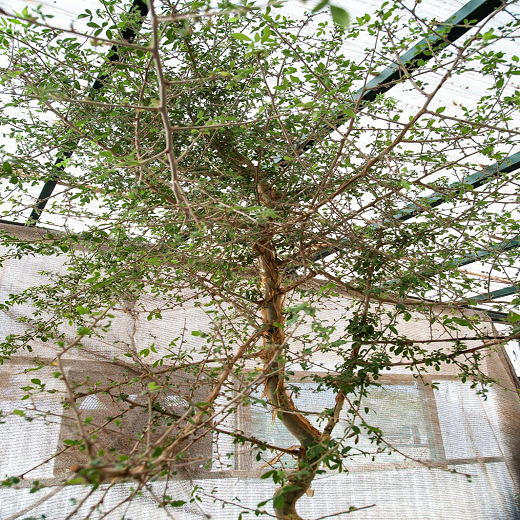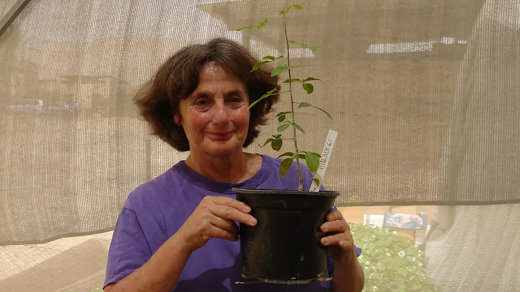“Jurassic Park” may be pure science fiction, but the concept of bringing the past back to life is something scientists are actively exploring. While recreating genetically modified dinosaurs isn’t feasible, projects aiming to resurrect recently extinct animals like the mammoth, dodo, and Tasmanian tiger are making strides. The goal isn’t to create exact replicas, but rather hybrid versions that approximate these creatures.
Beyond reviving animals, researchers are also studying ancient DNA for potential new drugs, while others are resurrecting historical plant species to better understand evolution and genetic diversity. This could potentially unlock medicinal benefits from long-lost plant species. The tree, which the study authors believe may have a biblical connection, is seen at 12 years old. Guy Eisner
The tree, which the study authors believe may have a biblical connection, is seen at 12 years old. Guy Eisner
One notable success involved an ancient seed found in a Judean Desert cave. Planted decades later, it unexpectedly sprouted, and DNA sequencing identified it as part of the Commiphora genus, though its exact species remains unknown. The tree, now standing 10 feet tall, could be linked to a biblical healing plant.
In another realm of ancient exploration, Mount Everest’s towering peaks are a result of a tectonic collision between the Indian and Eurasian plates, which began 40-50 million years ago. This slow-motion clash continues to push the Himalayas upwards. Surprisingly, Everest is growing faster than previously estimated, at a rate of 0.08 inches per year, demonstrating that the forces that shaped our planet are still at work today.







